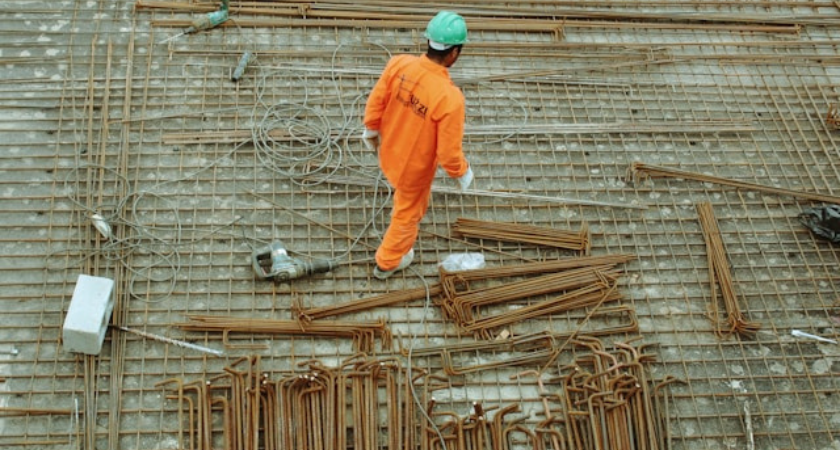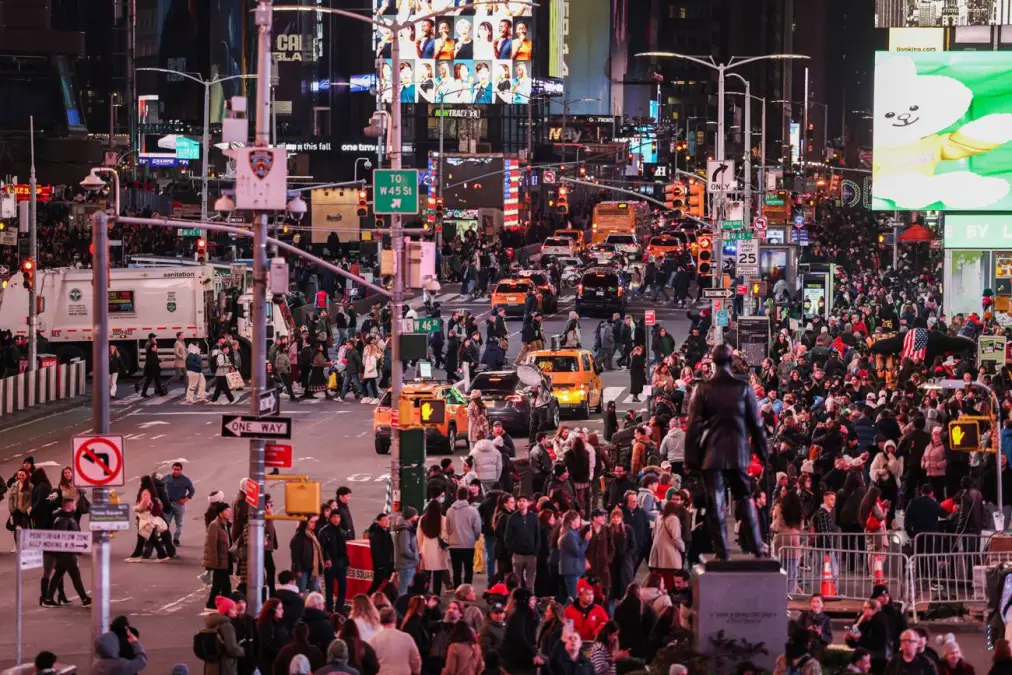
New York City is rolling out two new smart technology pilots aimed at improving public safety and giving communities a richer look at future construction plans. Announced Monday by Chief Technology Officer Matt Fraser, the initiatives are part of the city’s growing NYC Smart City Testbed Program, an urban innovation accelerator launched in 2023.

The first pilot will test pedestrian-counting tools to measure anonymous crowd sizes and better understand how New Yorkers use plazas, open streets and other public gathering spaces. According to the city, transportation and technology officials will collaborate with a private tech company to track foot traffic at six busy locations, including plazas and holiday markets. They will measure not only total visitors, but how long people remain in these spaces.
The city stated that gathering this data will provide a clearer sense of how public spaces are used, allowing agencies to “more precisely gauge the amount of staffing and resources needed to maintain them.” The initiative follows earlier pilots that explored AI-assisted park assessments and lidar technology for industrial traffic analysis.
The second pilot involves a community engagement tool built with augmented reality (AR). In partnership with the Department of Design and Construction, New York will test a platform that allows visitors to scan QR codes near St. Albans’ upcoming Roy Wilkins Recreation Center. Residents will be able to view a digital 3D preview that “will adapt on screen based on the user’s perspective,” offering a more interactive way to comment on new public building plans.
Fraser said these projects reflect the administration’s push to use technology to solve everyday urban problems. “The Adams administration has delivered a safer, more affordable city for New Yorkers thanks to its willingness to tackle seemingly intractable challenges in fresh ways,” he said in the release. He added that “The NYC Smart City Testbed Program embodies our mindset that there are no failures, only learning opportunities. The cutting-edge pilots announced today demonstrate our commitment to developing forward-thinking partnerships and solutions needed to better serve our residents.”

The pilots launch as Mayor Eric Adams’ term comes to a close. Zohran Mamdani will take office on Jan. 1, inheriting a program that increasingly blends tech innovation with public space design and civic transparency.
New York’s tech accelerator is positioning the city as a national model for real-time public space management and participatory planning. Pedestrian data has become a critical tool for cities trying to balance safety, small business activity, tourism, and street vending. Accurate crowd analytics can help determine when to close streets, where to add crosswalks or signal timing, and how many workers are needed for events.
Similarly, AR-based planning tools are gaining traction in global cities seeking deeper community involvement. Instead of relying on static posters or PDF renderings, immersive previews allow residents to visualize how projects look at street-level scale. For a neighborhood like St. Albans, where redevelopment has often sparked debate, the technology may increase transparency and trust in the design process.
Together, the city’s pilots highlight how technology is not just about automation but about creating more informed, people-centered infrastructure.
Originally reported by Keely Quinlan in States Coop.